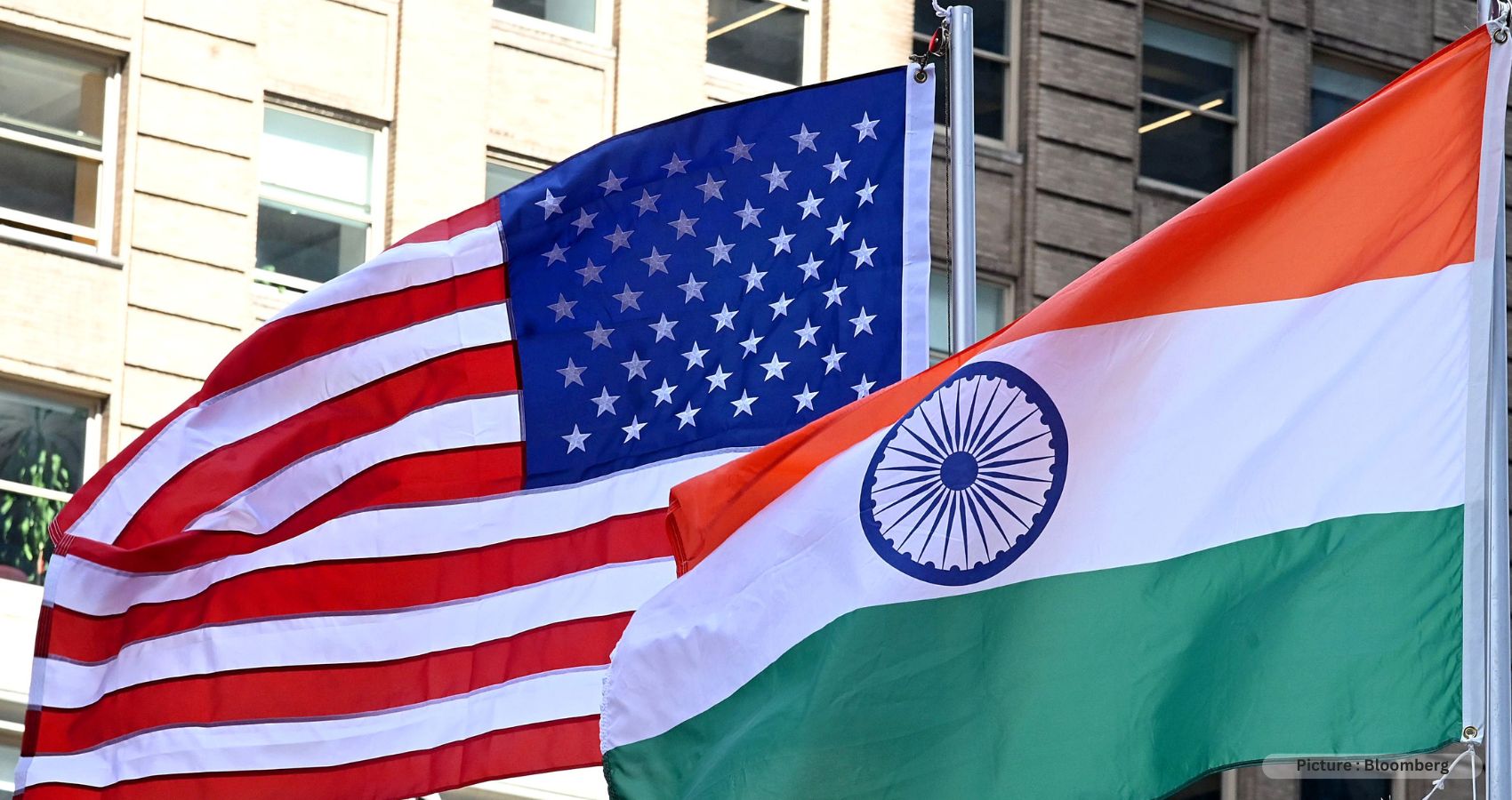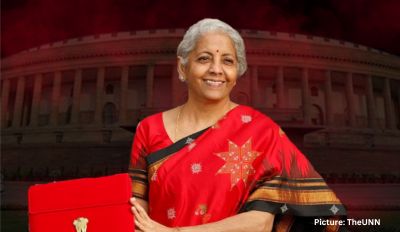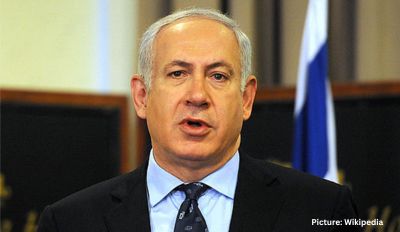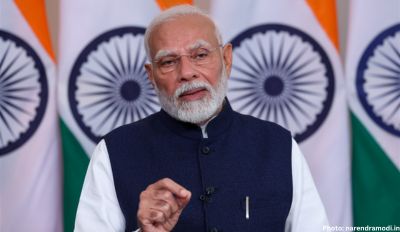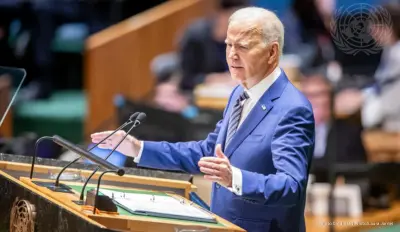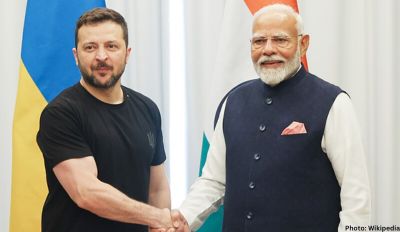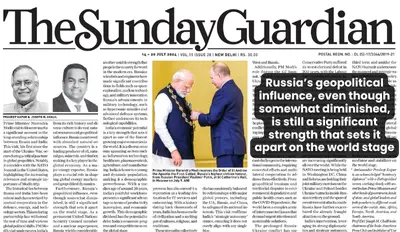India’s position in America’s China strategy is growing as a result of mistrust of Beijing. In the meantime, the relationship between the United States and India has become fueled by cooperation on technological and geoeconomic issues.
For India’s part, public outrage has been sparked by China’s salami-slicing strategies to seize territory along the long Himalayan border between the two countries. New Delhi’s natural partner to counter China’s military advantages is the United States.
India has the potential to be a useful partner for the United States in the fight against China’s efforts to drive Washington out of the Indo-Pacific region and in restoring strategic equilibrium there.
As a result, pragmatism is in charge. Technological cooperation has benefited greatly from the easing of inhibitions between the United States and India that existed during the Cold War. Washington and Delhi have begun to collaborate on a comprehensive partnership that includes semiconductors, supply chains, defense coproduction, and digital public goods.
Given the growing landscape of geoeconomic rivalry between major powers, such cooperation is essential. China and Russia have intensified their geoeconomic ties ever since the Ukraine conflict began. New Delhi naturally feels constrained by the fusion of Eurasian energies to its north, given its historical reliance on Russian defense technologies and border issues with China.
India and the United States see each other as important players in their respective geopolitical and economic strategies.
Washington is establishing a new economic system based on cutting-edge technologies with countries like India and others who share its values. In the coming years, technology appears to be going to be the driving force behind relations between the United States and India. This will lead to enormous economic opportunities, increased national security for both countries, and the formation of a new geoeconomic global order.
The “new Washington consensus” was outlined by Jake Sullivan, the U.S. National Security Advisor, in April.
Restructuring supply chains through “friend-shoring” and “de-risking,” creating economic frameworks to avoid dependence on individual nations, and forming advanced technology coalitions are all essential components of this initiative.
“The Biden administration’s international economic vision is centered on a deeper partnership between the U.S. and India,” Sullivan stated to an Indian newspaper last month.
In May 2022, the U.S. and Indian efforts in quantum computing, artificial intelligence, space, telecommunications, biotechnology, defense, and semiconductors were announced as part of the Initiative on Critical and Emerging Technologies.
During Top state leader Narendra Modi’s visit to Washington last month, he joined an “India-U.S. Greetings Tech Handshake” occasion to encourage associations between the startup biological systems of the two nations. The importance of the relationship to young entrepreneurs is demonstrated by the fact that Zerodha’s co-founder, Nikhil Kamath, was invited to the prestigious White House state dinner for Modi.
Another area in which the partnership is reaching its peak is semiconductors. India is seen as a crucial counterweight as the United States blocks the flow of technology that China needs to support advanced chipmaking.
While Modi was in Washington, U.S. chipmaker Micron Innovation reported that it would contribute $825 million to construct a semiconductor gathering and test plant in Gujarat, the top state leader’s home state. By the year 2020, the brand-new facility should be operational. Applied Materials, another key American chip tech organization, said it would set up a designing place in Bengaluru zeroed in on growing new advances for semiconductor fabricating hardware.
India was also welcomed into the Minerals Security Partnership, a crucial minerals coalition that included Australia, Japan, South Korea, and seven Western allies to support supply line diversification and security. In order to facilitate private investment and public financing, the purpose of this group is to share information on crucial opportunities in the mineral sector.
Several Indian businesses made investments in support of Washington’s efforts to increase domestic production of green technologies while Modi was in Washington. Epsilon Carbon will invest $650 million in a battery component factory in the United States for electric vehicles. VSK Energy said it would put up to $1.5 billion in sunlight based charger producing in Colorado and other U.S. areas. The Ohio foundry of JSW Steel will be upgraded for $145 million to support the production of offshore wind energy platforms.
Strangely, Modi likewise endorsed on to the Artemis Accords, a U.S.- drove astropolitical alliance to advance space participation. India attempted to reconcile the Artemis Accords with the China and Russia-led International Lunar Research Station effort for some time.
A lot of technical talent is required for the rapid advancement of advanced technology. Anecdotal evidence indicates that Silicon Valley is largely supported by Indian-born tech professionals and executives. India is a treasure trove of such talent. Modi and U.S. President Joe Biden have subsequently been coaxing the Indian American people group to get a sense of ownership with coordinating the tech areas of California and Bengaluru.
India and the United States are becoming increasingly entwined on a geopolitical and economic level. By building tough innovative establishments, the two nations can each propel their plans for Indo-Pacific security.

